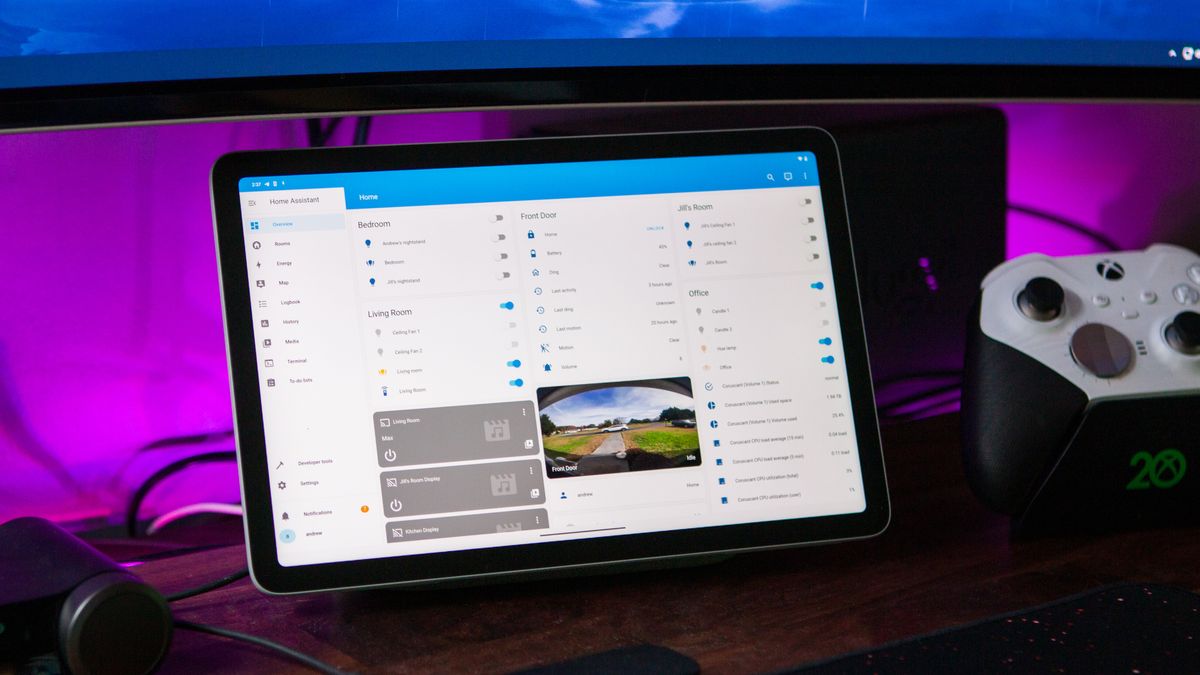Revolutionize Your Smart Home with Raspberry Pi and Lenovo Tab M10 Plus – Black Friday Special Offer!

Smart Home Made Easy with Raspberry Pi and Home Assistant
Creating a smart home, or a home equipped with various smart devices, seemed like a no-brainer. But, as more lights and accessories were added, it became less useful. This changed with the help of a trusty Raspberry Pi and Home Assistant.
The issue was interoperability with different accessories not working with the Google Home app. This meant having to use multiple dedicated apps and accounts, making it difficult for everyone in the household to control the smart home. However, Home Assistant, a free and open-source solution that integrates with over 1,000 different APIs and services, proved to be the alternative solution needed.
The key to using Home Assistant was a Raspberry Pi, which serves as the platform to install the software. After about an hour of installation, Home Assistant was up and running, automatically recognizing the various devices attached to the network.
One of the best parts about using Home Assistant is the ability to create different rooms, scenes, and dashboards, making it easy to control various devices. Tablets were even used as wall-mounted dashboards for convenient access.
For example, the Ring Video Doorbell, Nest Cam, Nanoleaf lights, and Hue lights could all be controlled from one place. Additionally, integrating Google Assistant made it easy for anyone to control the lights with a simple tap on the dashboard.
The fun project even extended to setting up a similar dashboard using a Pixel Tablet and working on getting the Home Assistant integration set up on a Stream Deck.
This home automation project proved to be a practical and efficient solution for controlling various smart home devices, offering more possibilities than commercial solutions like the Echo Hub. Instead of waiting for future developments, the Raspberry Pi and Home Assistant provided a personalized and comprehensive smart home solution.
